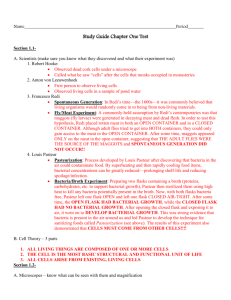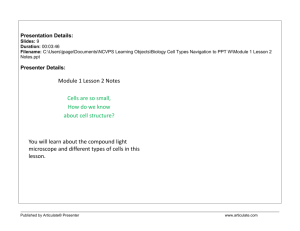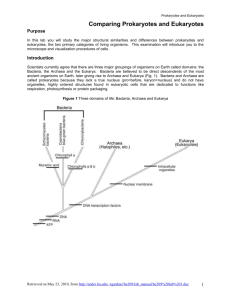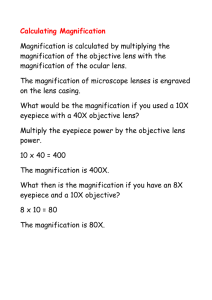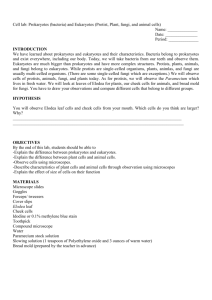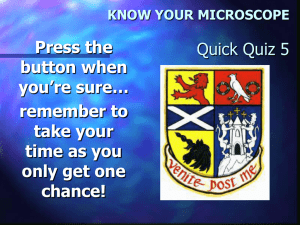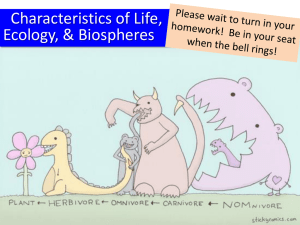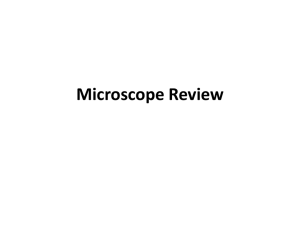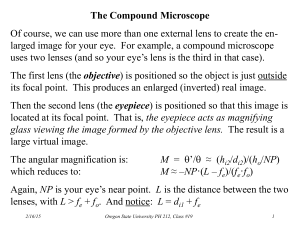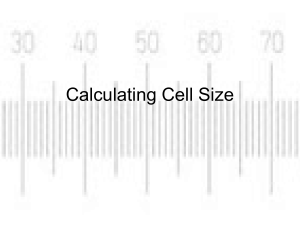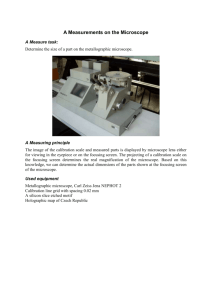1b. The three statements that make up the cell theory
advertisement
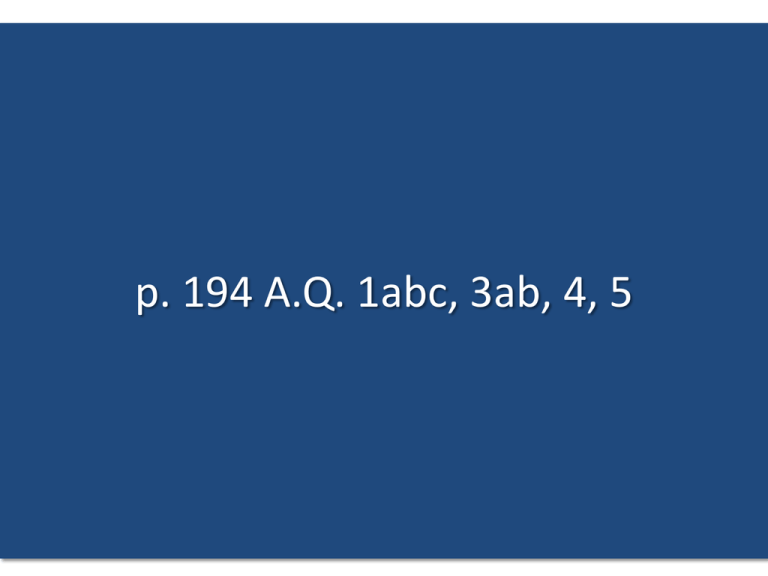
p. 194 A.Q. 1abc, 3ab, 4, 5 p. 194 A.Q. 1abc, 3ab, 4, 5 1a. What is a cell? 1a. A cell is the basic unit of life. 1b. What three statements make up the cell theory? 1b. The three statements that make up the cell theory are: 1. 2. 3. All living things are made up of cells. Cells are the basic unit of structure and function in living things. New cells are produced from existing cells. p. 194 A.Q. 1abc, 3ab, 4, 5 1c. How did the invention of the microscope help the development of the cell theory? 1c. The microscope enabled people to see cells and study the parts of cells. This ability enabled scientists to learn that all organisms are composed of cells. p. 194 A.Q. 1abc, 3ab, 4, 5 3a. What features do all cells have? 3a. All cells have DNA at some time in their lives and all cells are surrounded by a thin, flexible membrane. 3b. What is the main difference between prokaryotes and eukaryotes? 3b. Prokaryotes do not have DNA enclosed in a nucleus. Eukaryotes have DNA enclosed in a nucleus. Prokaryote: Eukaryotes: p. 194 A.Q. 1abc, 3ab, 4, 5 4. What is the total magnification of a microscope that has an eyepiece magnification of 10x and an objective lens magnification of 50x? 4. The total magnification is 500x. 5. A 10 micrometer cell is viewed through a 10x objective and a 10x eyepiece. How large will the cell appear to the microscope user? 5. The cell will appear to be 1000 micrometers (1 mm).


